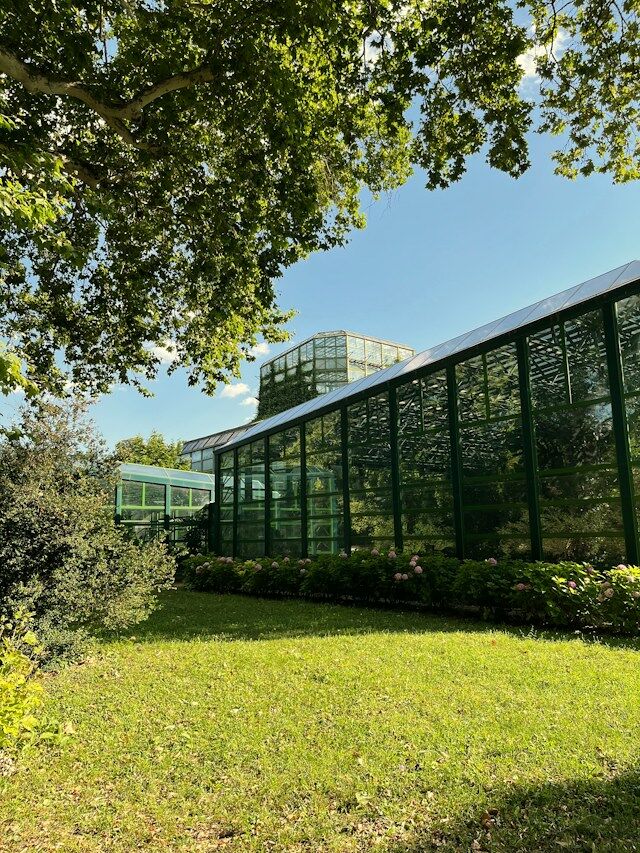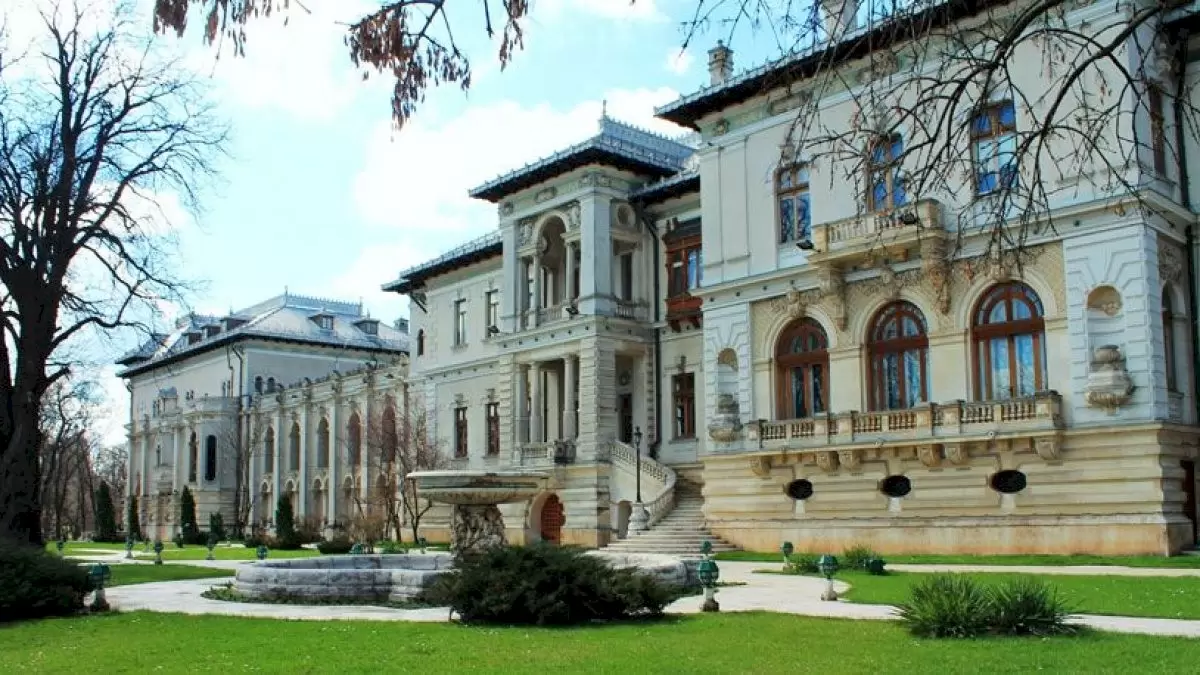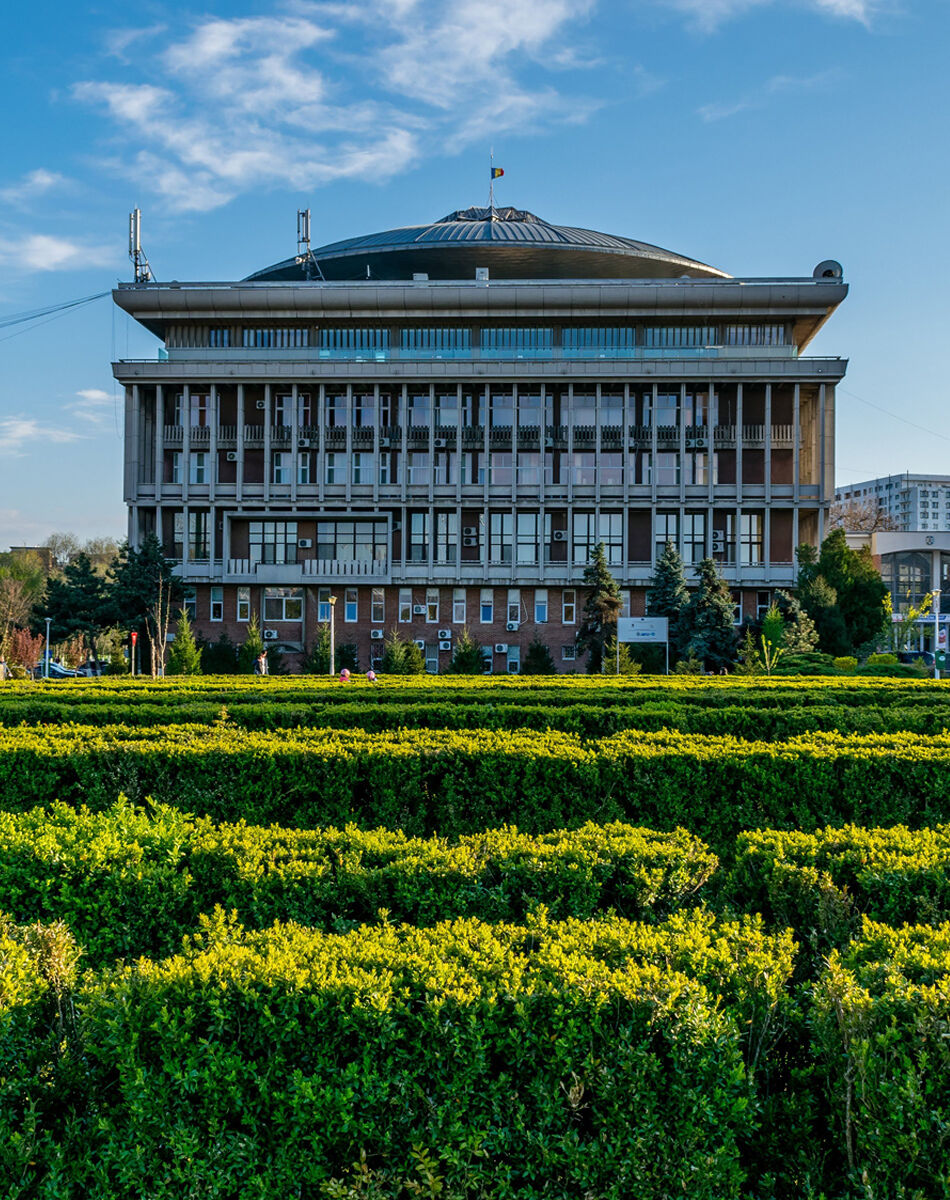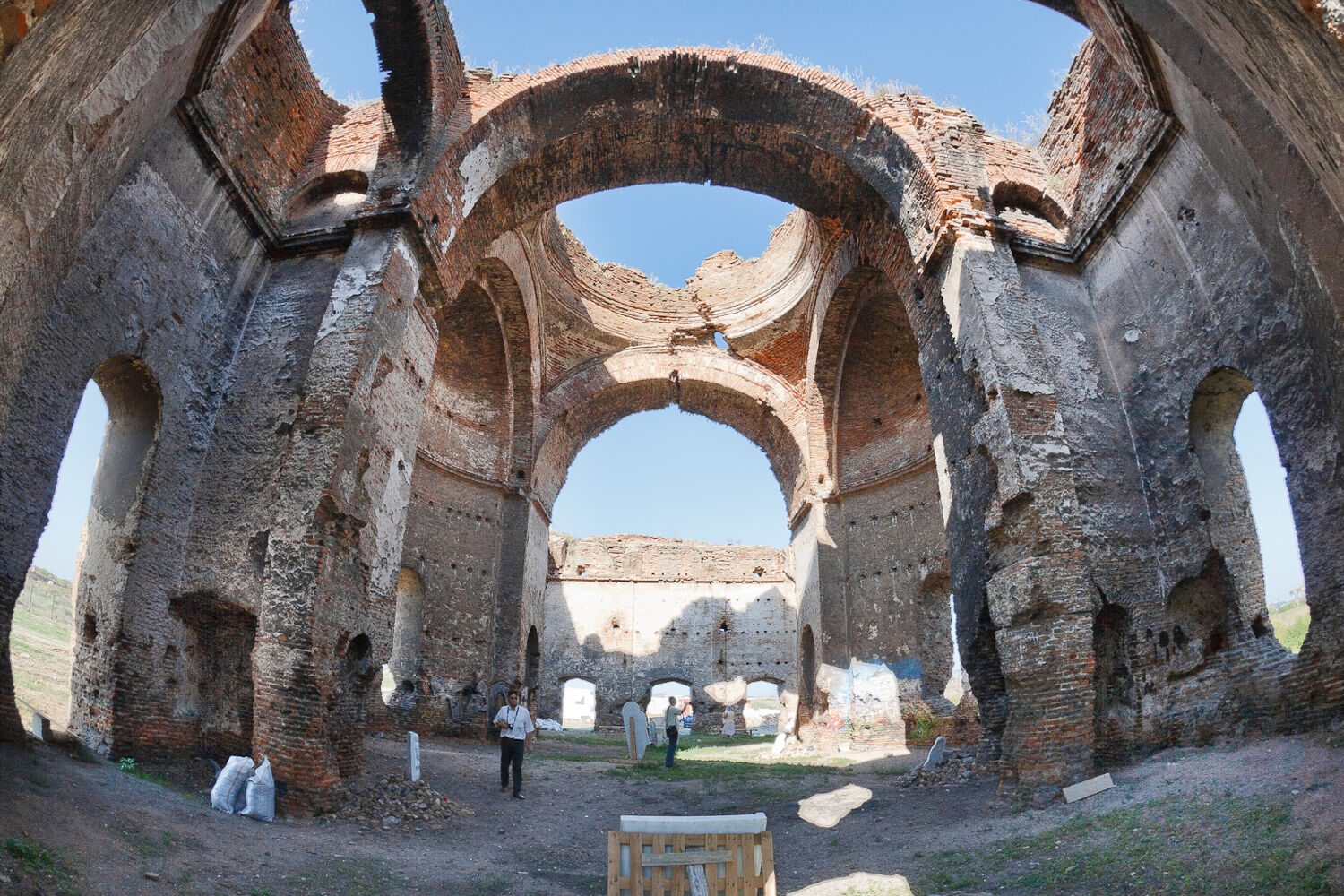explore
București
Sector 1
The northern sector hosts key landmarks like Herastrau Park, Arcul de Triumf and the Village Museum. It's a mix of residential and commercial areas.
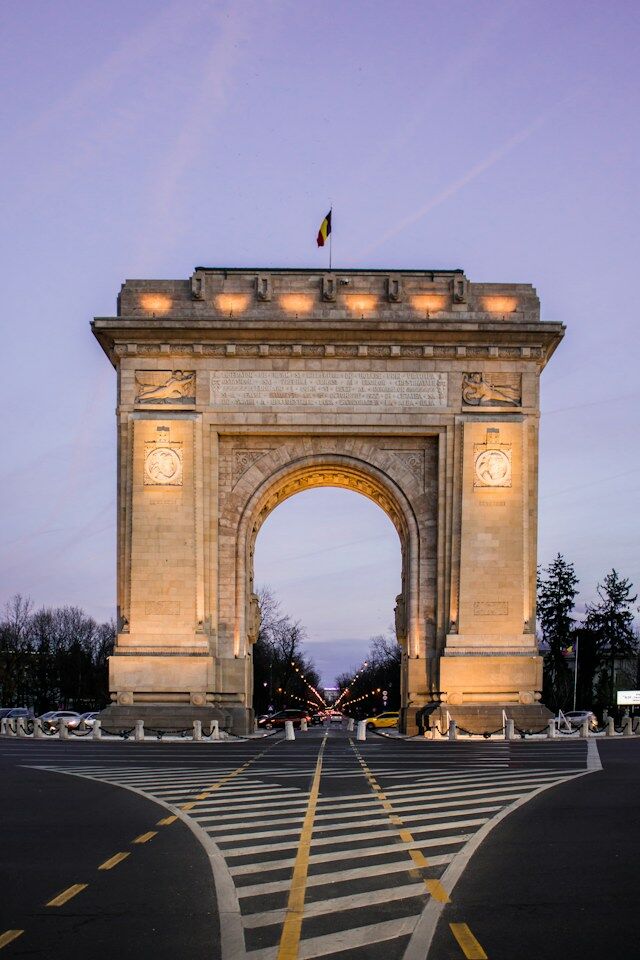
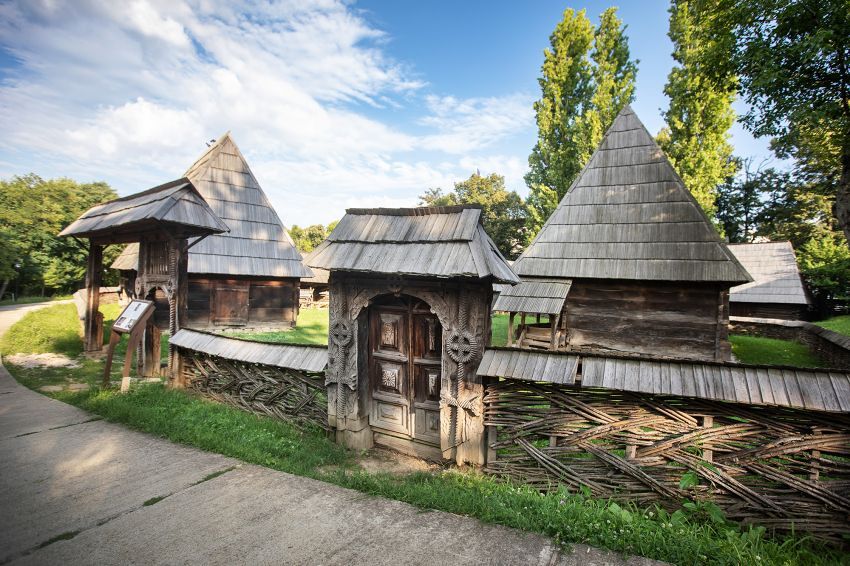
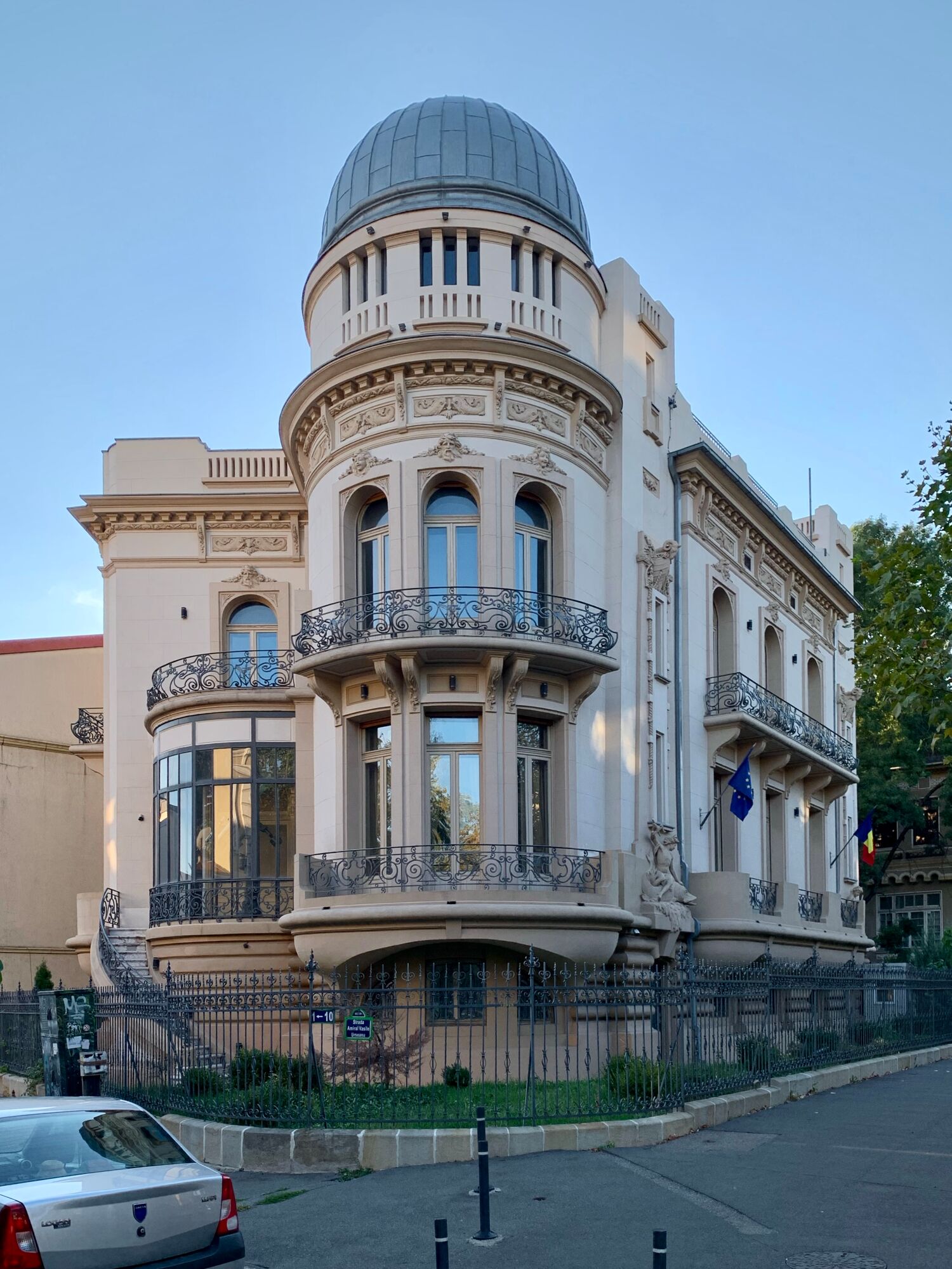
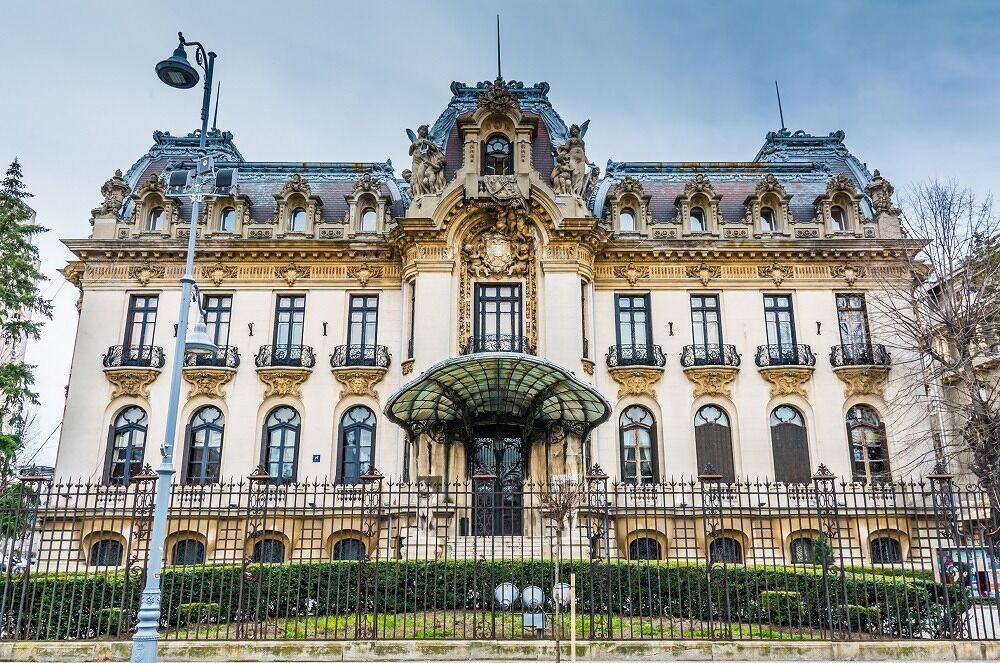
Sector 2
Known for its dynamic neighborhoods, Sector 2 is a blend of historic and contemporary elements. It houses numerous cultural institutions.
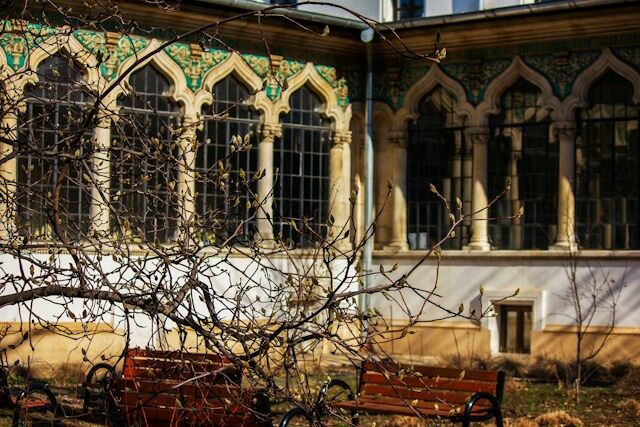
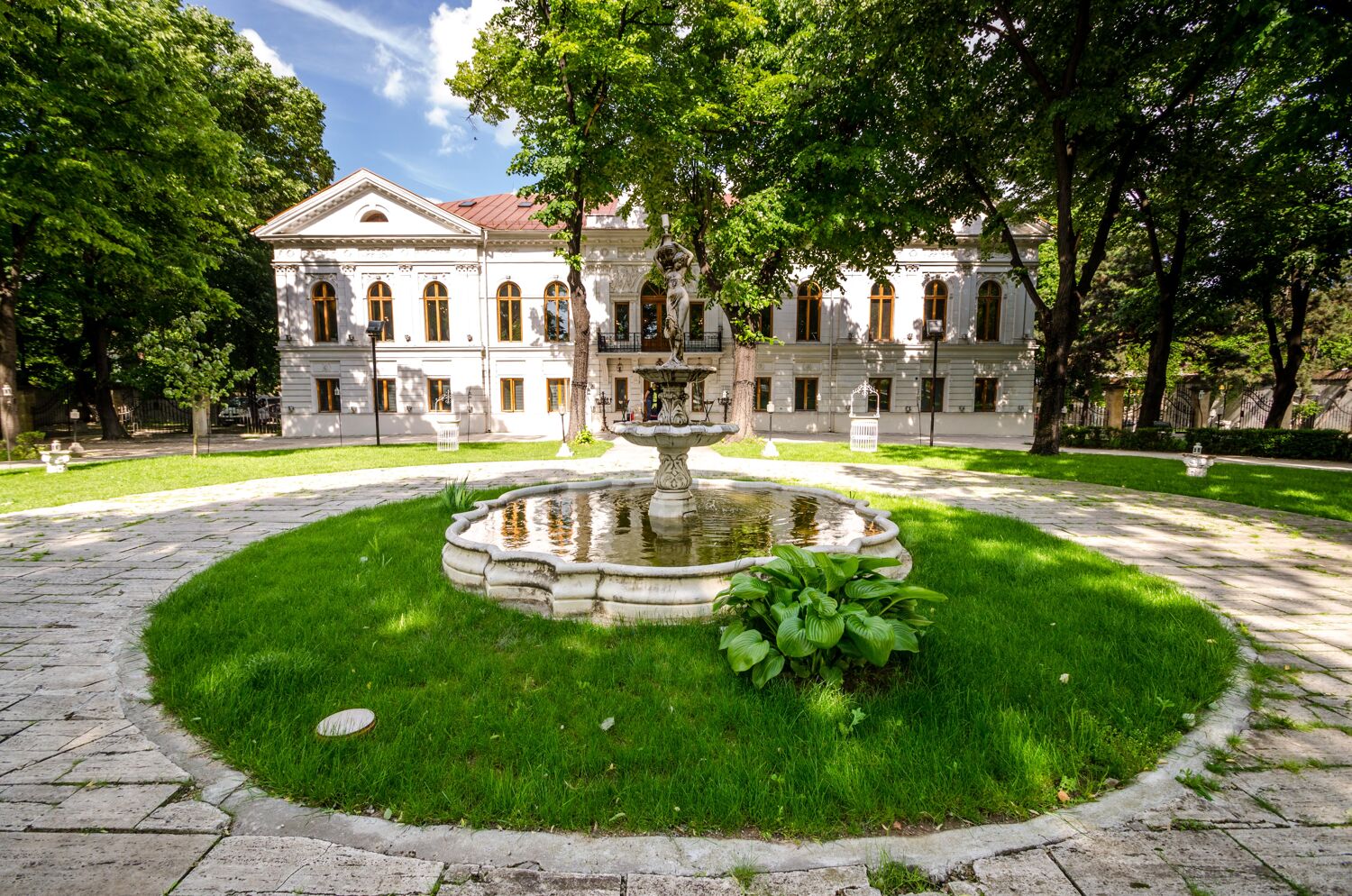
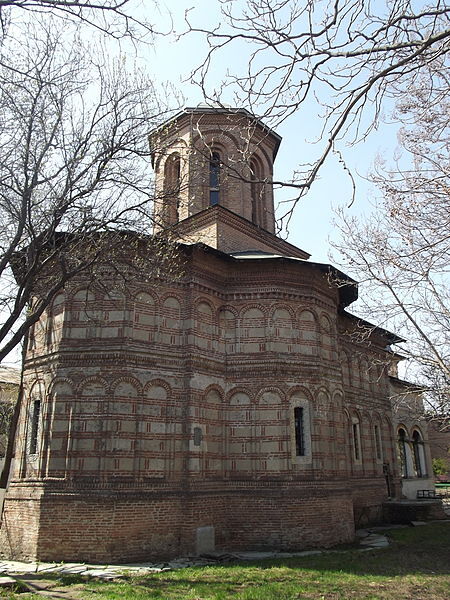
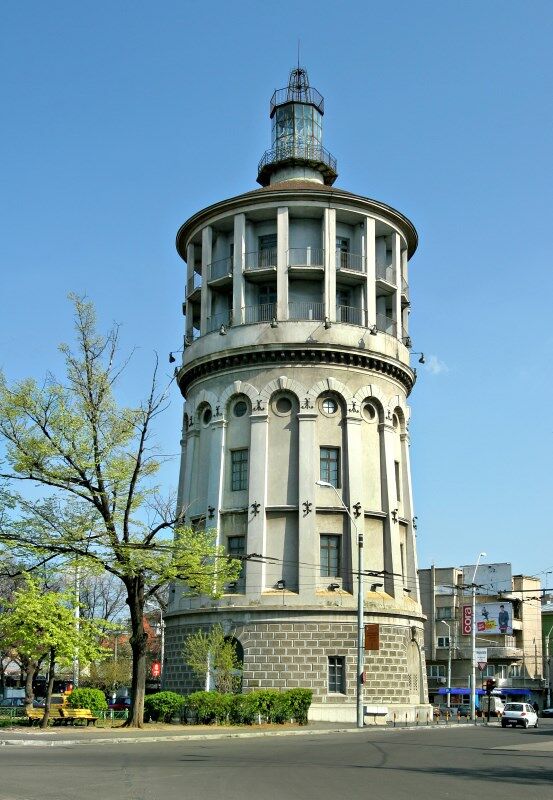
Sector 3
A diverse sector with the Unirii Square at its heart, featuring numerous important buildings and the famous Old Town historical center.
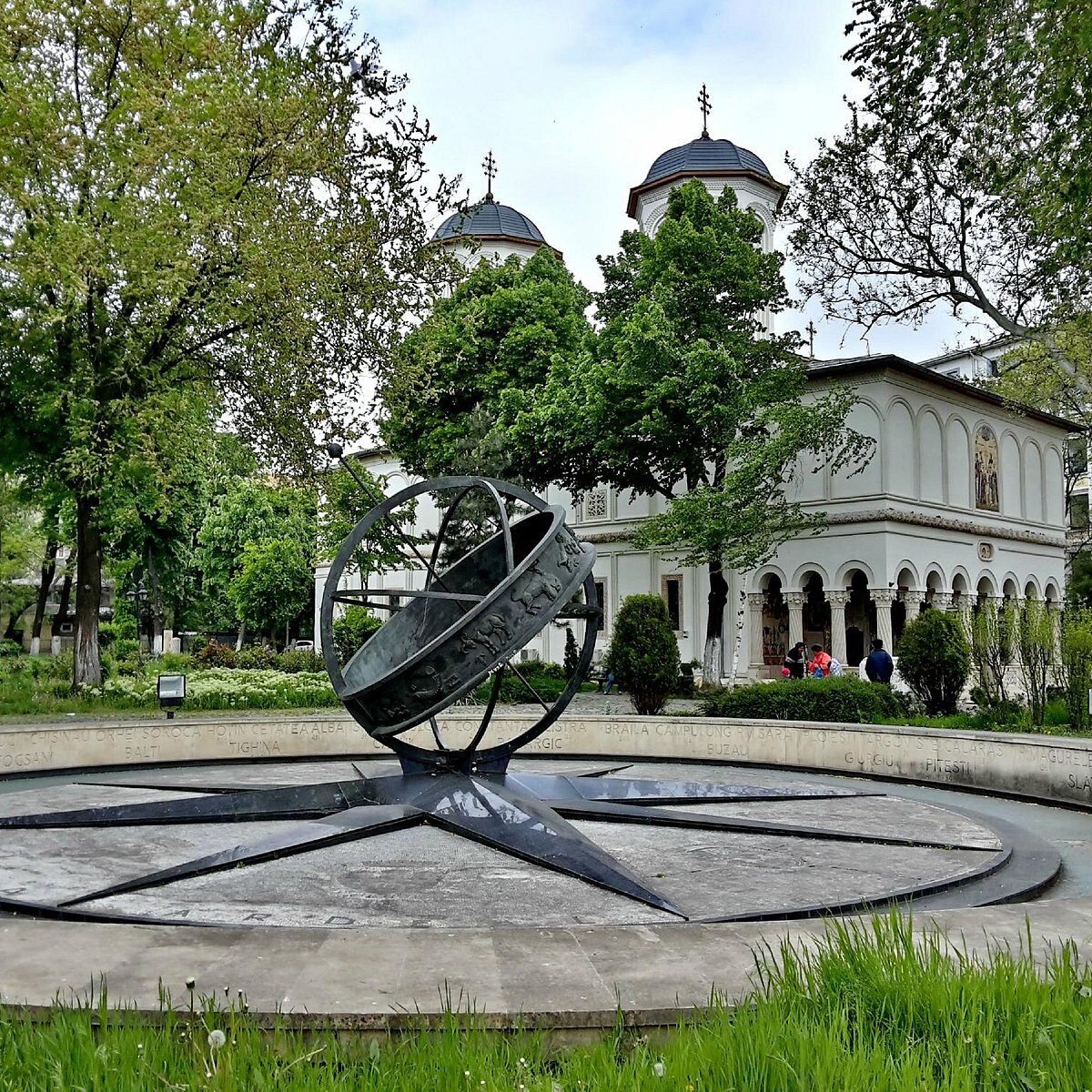
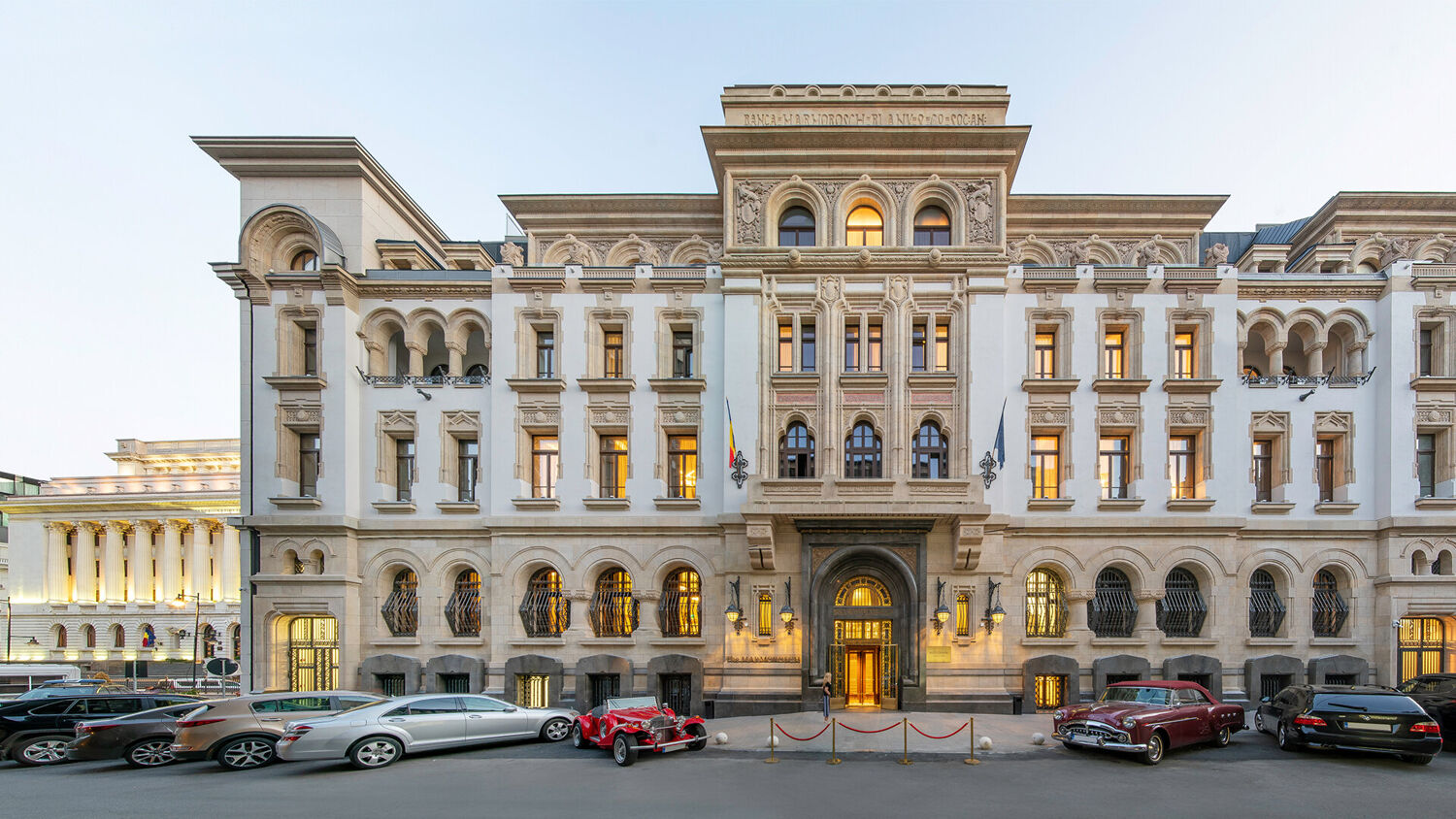
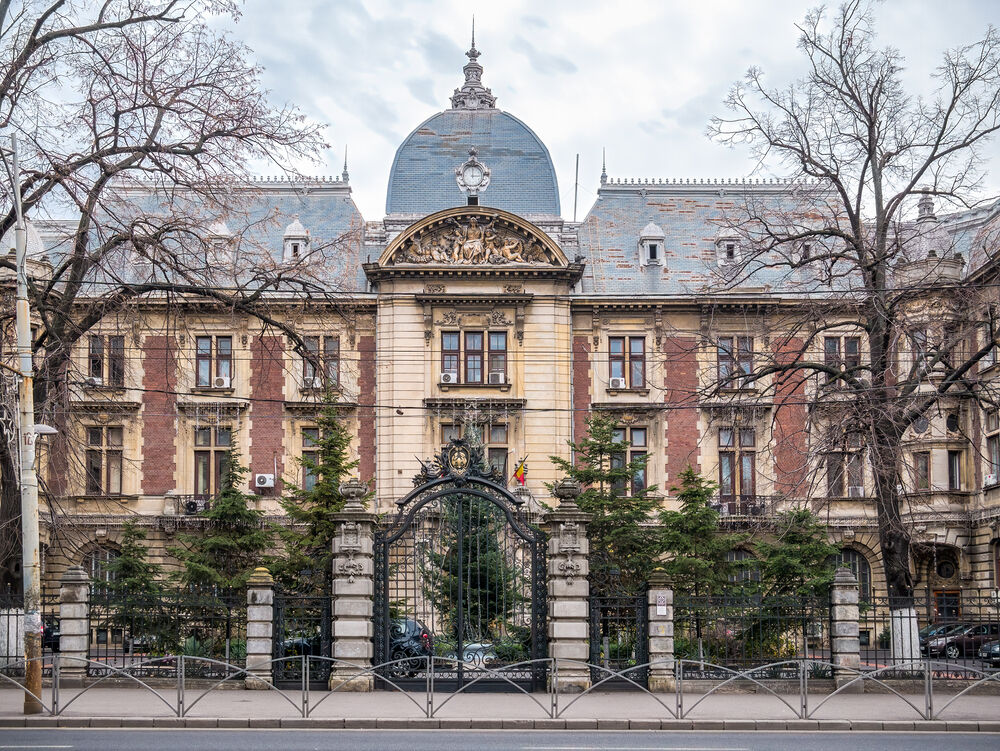
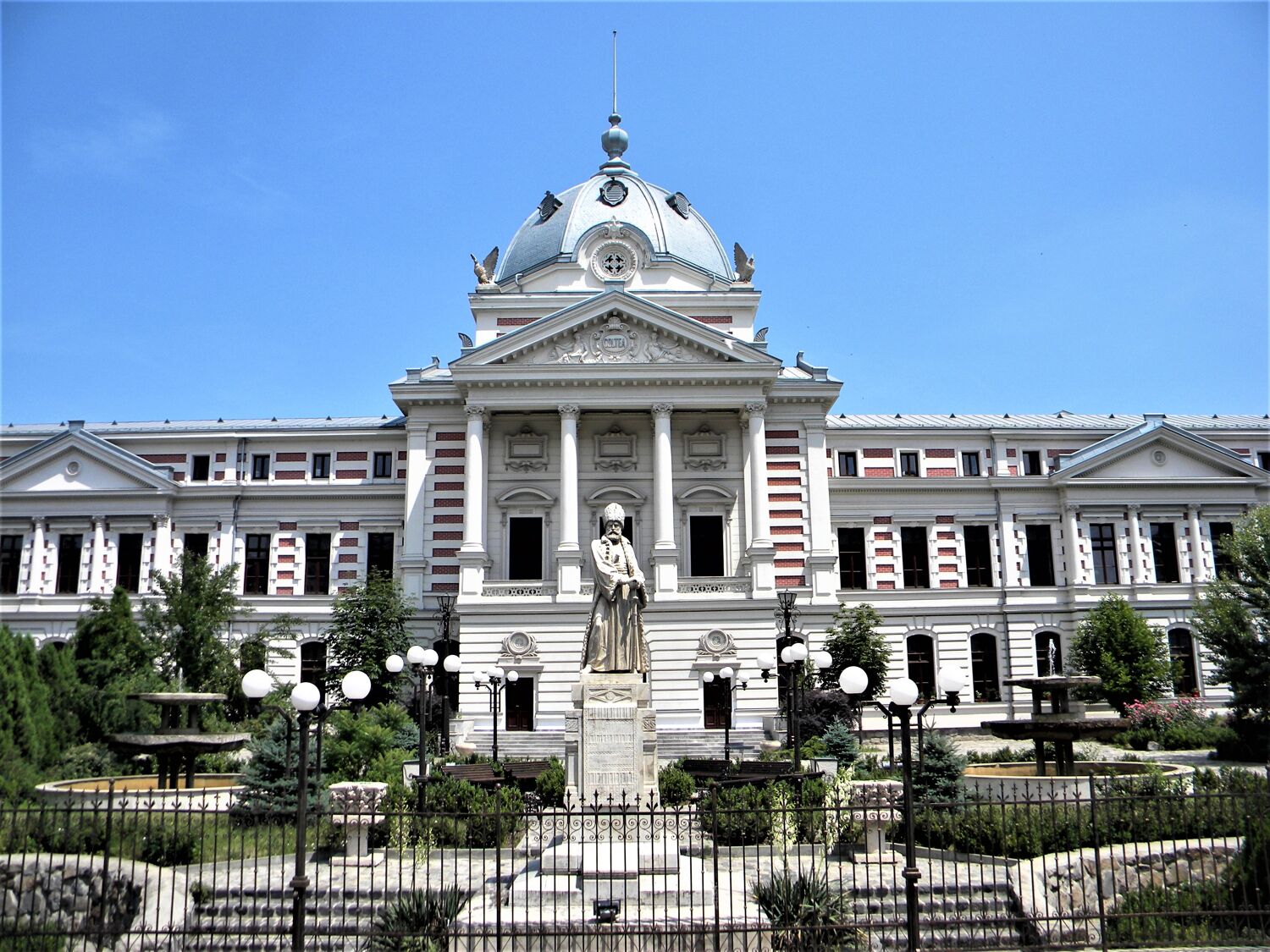
Sector 4
Home to Carol Park and the famous "Vacaresti" Nature Park , Sector 4 is characterized by residential neighborhoods and green spaces.
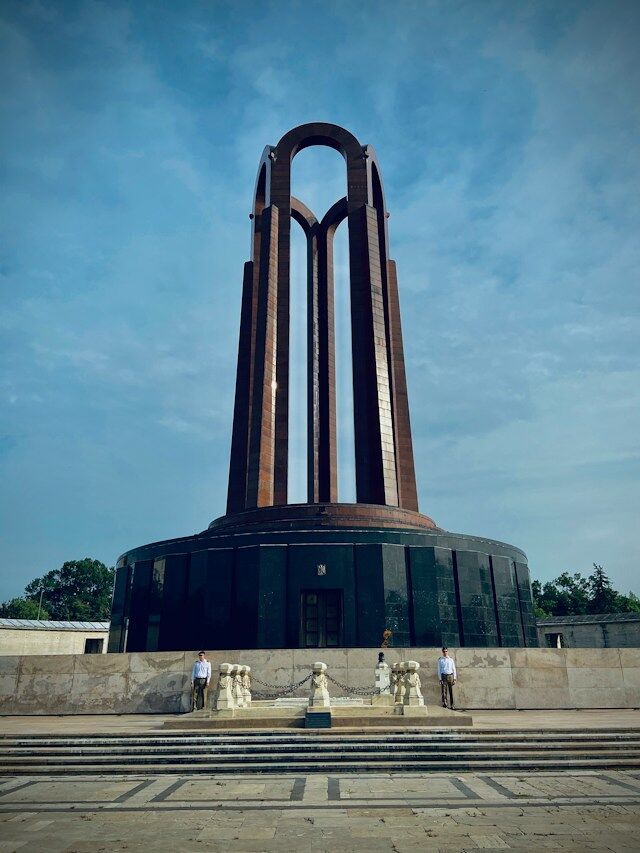
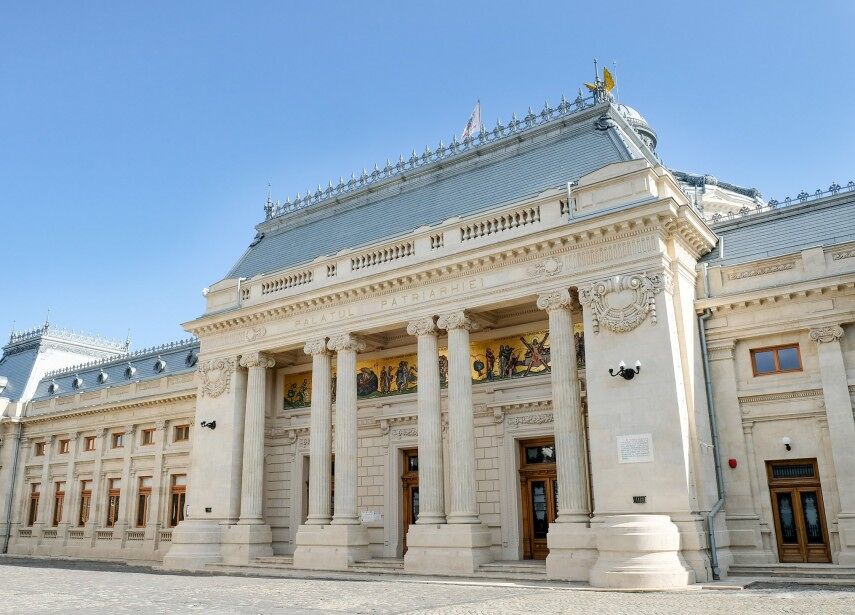
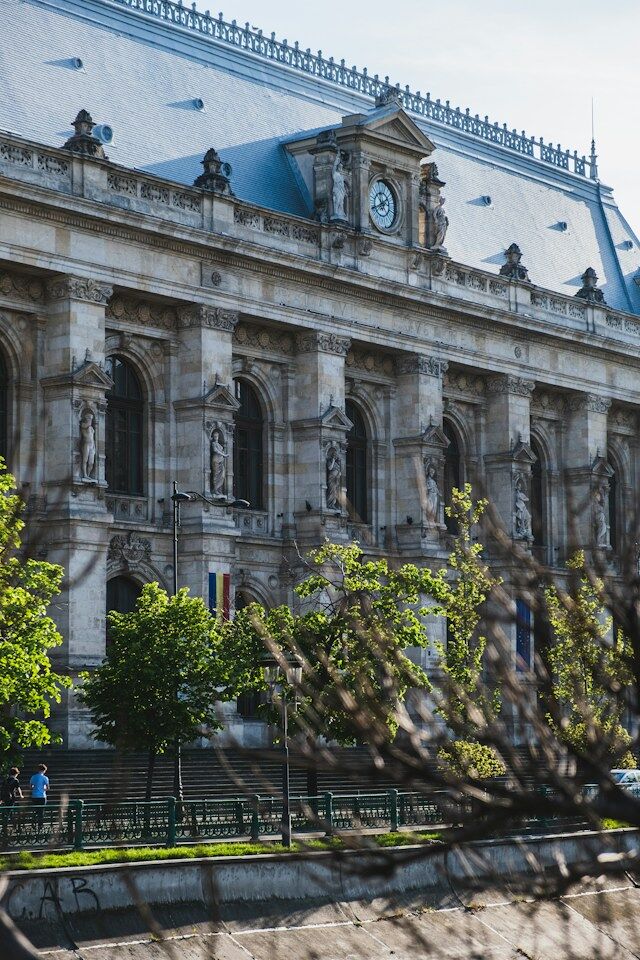
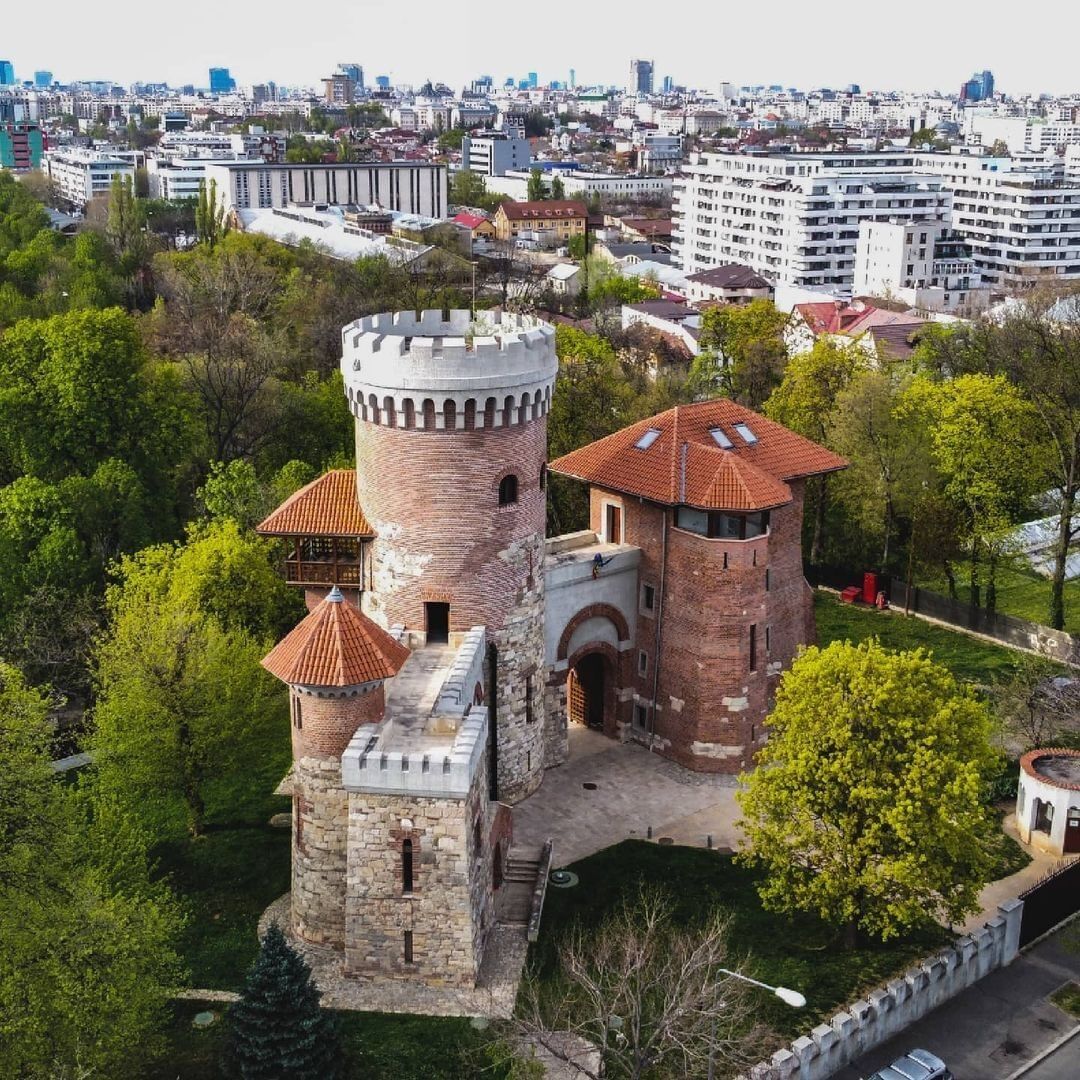
Sector 5
A diverse sector featuring the Palace of the Parliament that includes both historic and modern districts.
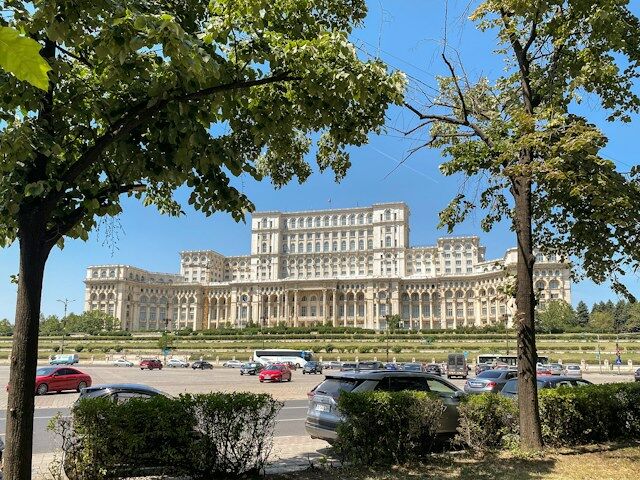
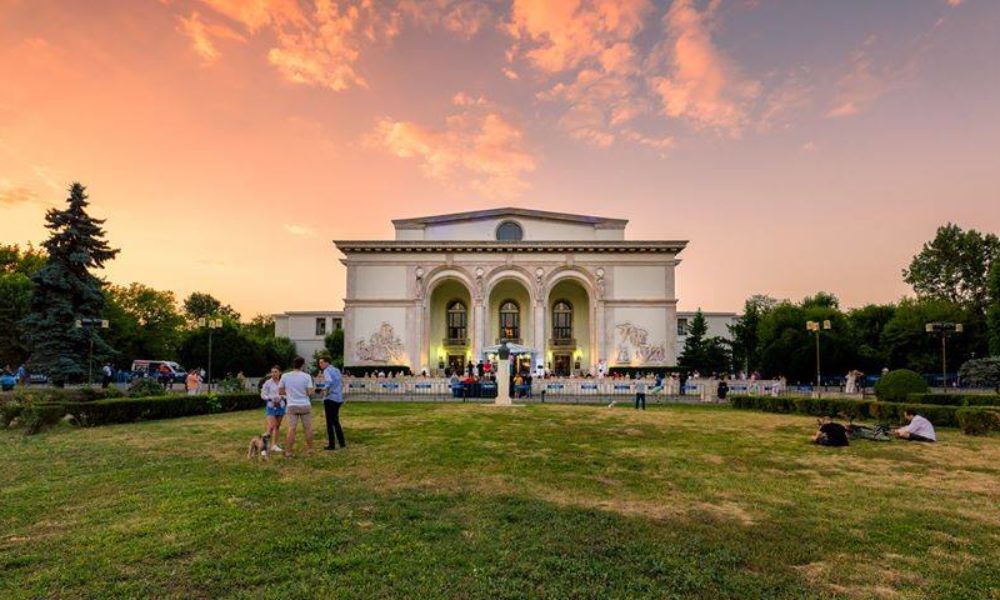
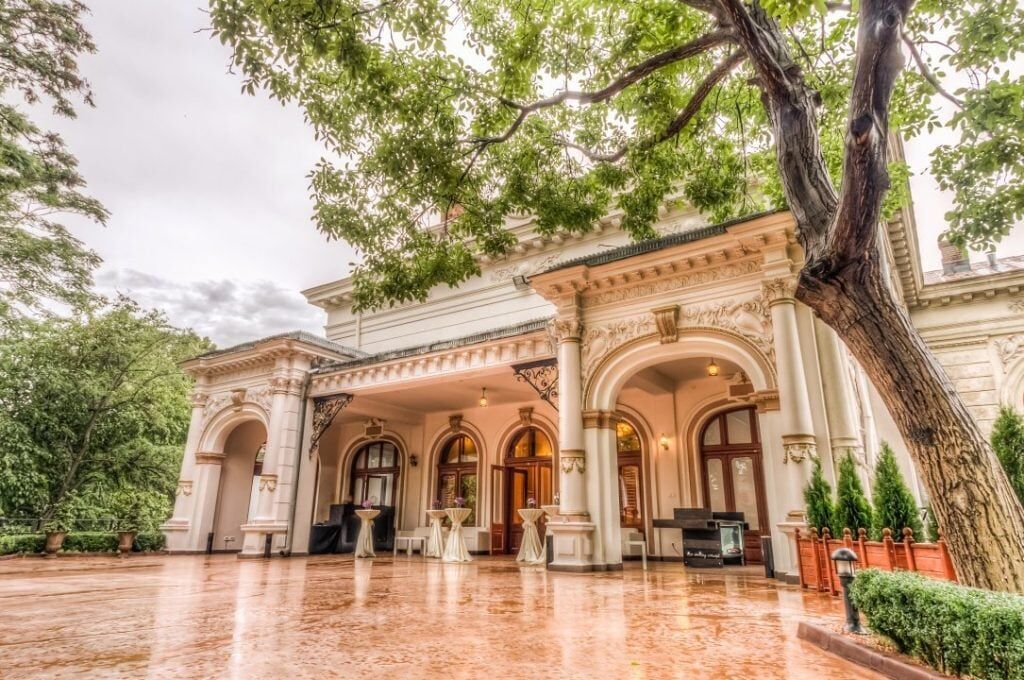
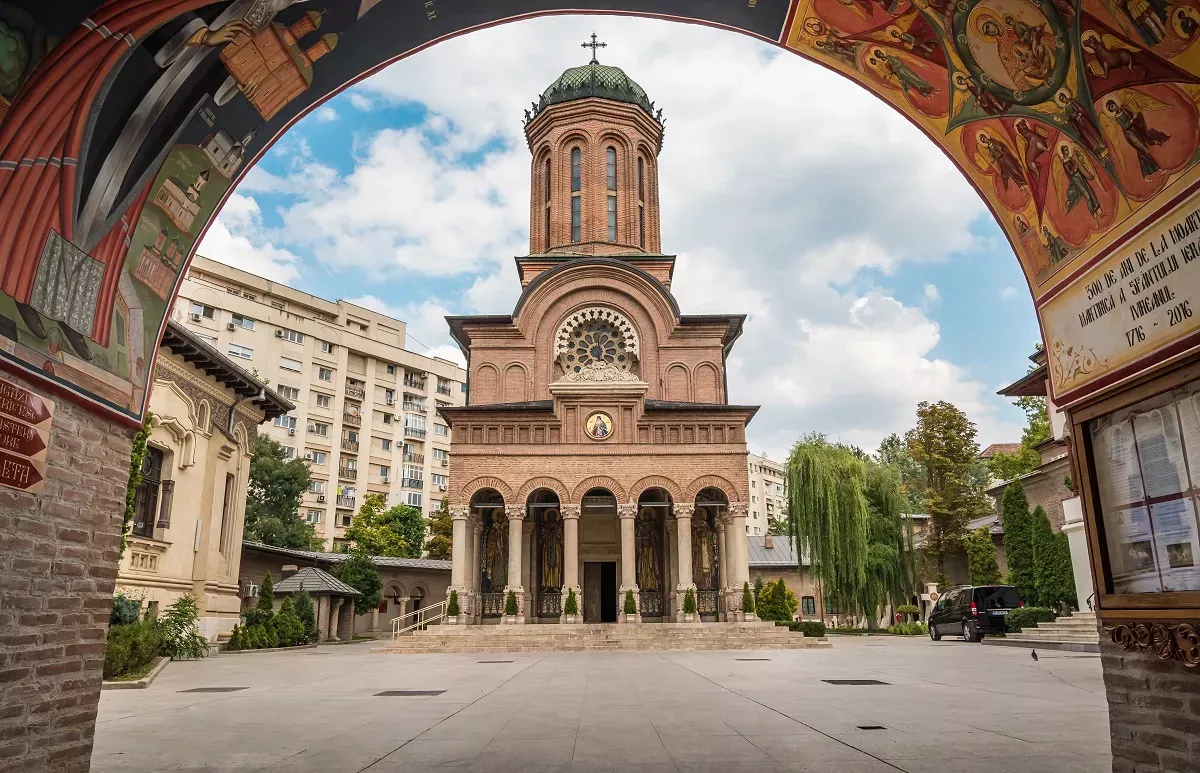
Sector 6
In the western part of the city, Sector 6 is known for its residential neighborhoods and "Drumul Taberei" Park. It's a rapidly developing area with a mix of housing and commercial spaces.
